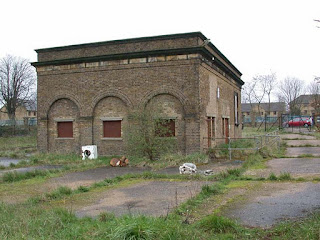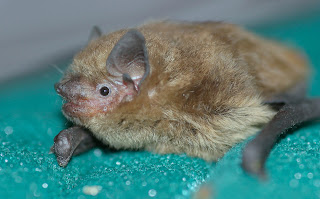Seething Wells: Surface Buildings and Structures

see also subterranean features November, 2011. WHARF The Pump House: This is the largest structure on site and is designated a Building of Townscape Merit. It has a pyramidal slate roof, used by roosting bats from time to time. There is no roof void and the slates are backed by wooden planks and plasterboard. Internally there is one main room, partitioned into 6 small rooms and a larger operational area. There is a deep shaft containing 2 wells below the building and 4 wells between the building and the Portsmouth Road. In the literature they are known as’ deep wells’ and sometimes ‘deep chambers’ of which there are 24 on site. During 1998-2000, they were covered with cast iron plates, which had rotted and it was sometimes possible to watch bats emerging from the ground.Thames Water replaced the hatches with heavy duty, steel hatches during the end of 2001 (before the Inspector’s site visit at the last Pubic Inquiry). The wells are vertical brick built shafts, ranging betwee
